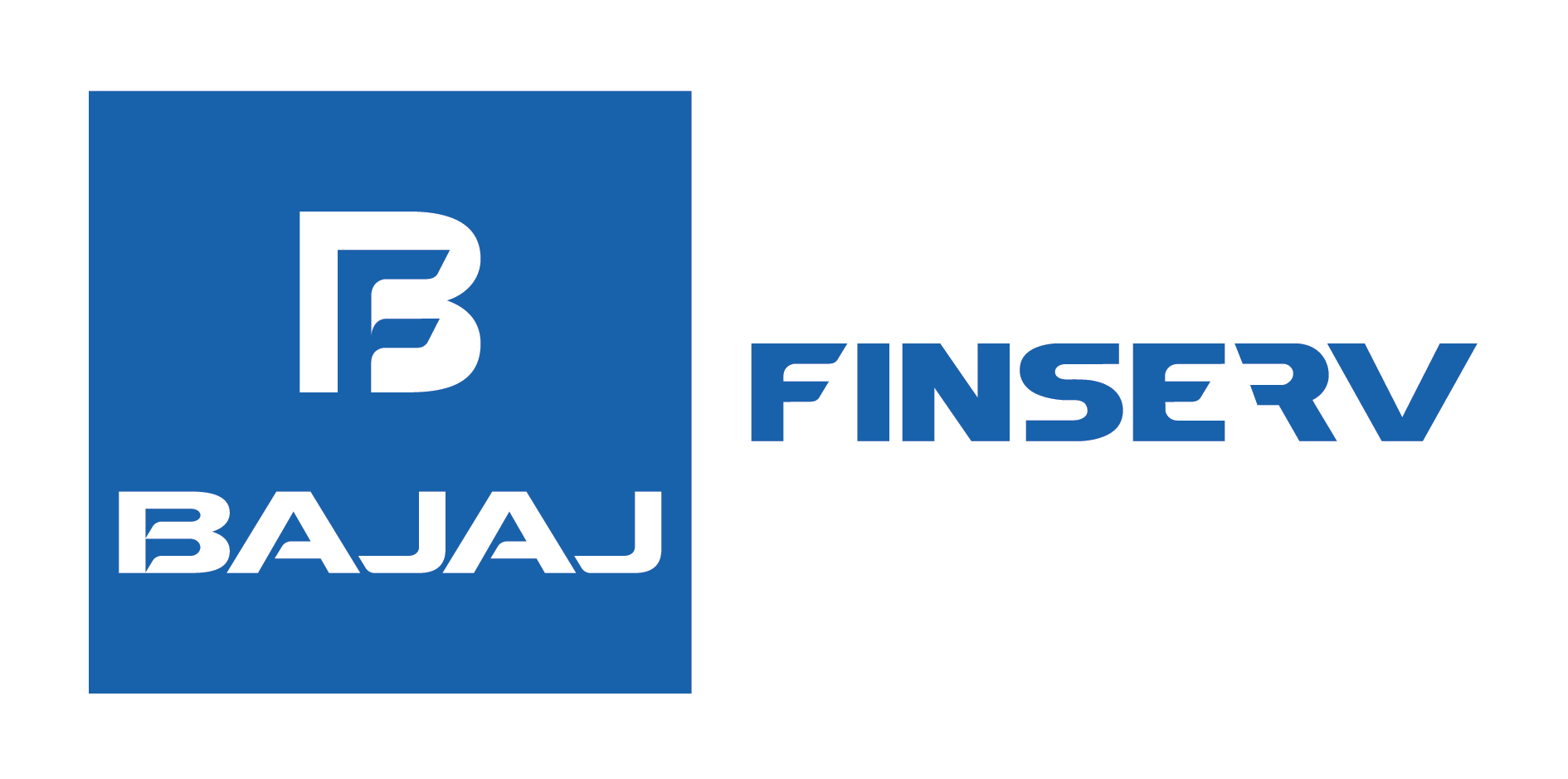Last Updated on September 27, 2023 by BFSLTeam BFSLTeam

You may have heard of different types of shares like equity shares and preference shares. This should have given you a brief glimpse into the fact that not all the shares issued by a company are the same. Some shares have certain rights and limitations, while others may offer additional or exclusive benefits.
In technical terms, these are known as share classes. Get to know more about what a share class is, why they can be useful and what the common types of share classes are in this article.
Table of Content
The definition of a share class is quite straightforward. A share class is simply a category of shares issued by a company. Depending on the characteristics and the benefits offered by its shares, a company may create different share classes as required. The guiding provisions for creating share classes can be found in the Articles of Association (AoA) of a company.
Some share classes may offer certain privileges to shareholders, while others may come with ownership restrictions. Yet others may have restrictions on sale or transfer within a given duration. The exact details of a company’s share classes can be quite unique to it.
Also Read: What is a Share Certificate?
You’ve seen what a share class is. Now, you may be wondering why this kind of categorisation is necessary. The rationale behind having multiple share classes can include any of the following reasons.
- To Retain Strategic Decision-Making Authority
Multiple share classes allow founders and key executives to retain a significant amount of voting power, even if they own a smaller portion of the company’s overall equity. This ensures they maintain control over critical decisions and can guide the company according to their vision.
- To Distribute Dividends to Certain Classes of Shareholders
By having different share classes, companies can offer variable dividend rates. This means some shareholder classes can receive higher dividends than others. This flexibility is useful in rewarding certain investors without committing to higher dividends for all.
- To Restrict Voting Rights
Some share classes might come with limited or no voting rights. This arrangement can be beneficial to companies that wish to raise capital without diluting the decision-making power of existing shareholders. It ensures that only select shareholders can influence company decisions.
- To Protect Against Hostile Takeovers
By distributing voting rights unevenly across different share classes, companies can prevent hostile entities from easily acquiring controlling stakes. This structure acts as a deterrent for any entity trying to take over the company without the consent of the key shareholders.
- To Attract Investments
Different share classes cater to different investor needs. For instance, some investors might prefer shares with higher dividends, while others may prioritize capital appreciation. By offering a range of share classes, companies can attract a broader spectrum of investors without compromising on the opportunity to raise capital.
Also Read: Authorized Share Capital: Definition, and Types
There are different classes of shares that public companies can issue. While the exact share classes may vary slightly, the following are common categories of shares companies typically issue today. Keep in mind that the names of these share classes may be different in different companies.
- Class A Shares
Class A shares are the common stocks issued by companies when they go public via an Initial Public Offering. Class A shares may also be held by the company’s management. To buy these shares, investors need to pay the share price. In terms of voting rights, they generally carry at least one vote per share. Some class A shares may also carry the right to as many as 10 votes per share. The owners of these shares are also entitled to dividends from the company as and when they are declared.
- Class B Shares
Class B shares typically have lower voting rights than class A shares. They are also lower in terms of payment priority. This includes dividend payments as well as payouts made in the case of the company’s liquidation. These shares may also be issued to the public, particularly for the benefit of investors who cannot afford class A shares.
- Class C Shares
Class C shares are units or shares of a mutual fund. They do not carry any front-end load and have a 1% back-end load that may be withdrawn after a specific period like 1 year or so. However, class C shares have a level load which includes a management fee, fund marketing and distributing charges, and servicing costs — all levied at specified percentages.
- Class D Shares
Class D shares are also units or shares of a mutual fund. They carry no front-end, back-end or level load, making this one of the most affordable types of share classes.
- Class I Shares
Also known as “institutional shares,” Class I shares are designed for institutional investors, such as pension funds or large investment firms. They often come with the lowest expense ratios due to the large investment amounts required. They also have very high minimum investment thresholds, because of which individual retail investors cannot directly access these shares.
Also Read: Difference Between Institutional and Retail Investors
Conclusion
This sums up everything you need to know about the meaning of a share class and what it entails. Before you invest in a company, get to know the different types of share classes in its capital structure, so you can understand the business you plan to invest in. The categories of shares a company has issued can give you excellent insights about how it has raised the funds required for its business, and how the rights are distributed among the existing shareholders.


